Seafood adventure in Miyagi Prefecture
Miyagi, located in southern Tohoku Region on the Pacific Coast, is a prefecture which boasts beautiful coastal sceneries and is famous for its abundance and wide variety of delicious fresh seafood.
Eight years after the March 2011 tsunami, this prefecture, which suffered the most damage from the disaster, is slowly rebuilding and working hard towards going back to how things were before the tragedy.
It had been a few years since I last visited the prefecture, so I decided to head there and check out for myself the prefecture's pride in its seafood culture.
Kinoya: the tin cans of hope
I began my trip at Kinoya Ishinomaki Marine Products, a fish can factory and shop located an hour away from Sendai. This company is very popular for making very delicious and fresh, canned seafood for more than 60 years. Upon arrival at the factory, I noticed its odd location, in the middle of rice fields, far away from the ocean. It turns out that the factory was rebuilt there on purpose, as its previous one, located near the sea, suffered severe damage from the 2011 tsunami.
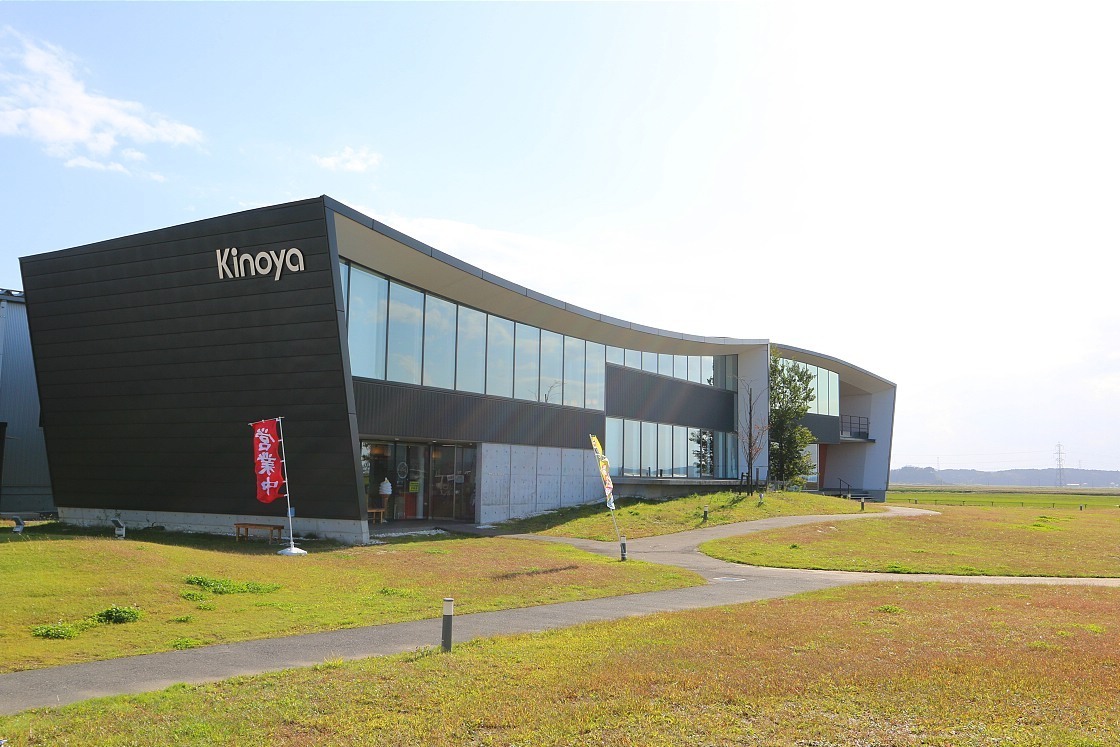
After the wave hit the factory, some of the 1 million cans that had been washed away were found among the debris and dirt. People were surprised to discover that the content was intact and could still be eaten. Volunteers helped retrieve and clean more than 240,000 cans, which were then nicknamed the "cans of hope" and sold to the public. This allowed the company to get back on its feet and rebuild a new factory and shop, far from the coast.

Seeing the non-stop stream of customers and visitors coming through the doors, I had no doubt that the company managed to regain its fame. I decided to try out a few of the food samples, and was surprised by how savory and fresh the canned fish tasted. Some of the cans were so popular that customers were only allowed to buy a maximum of three per person.
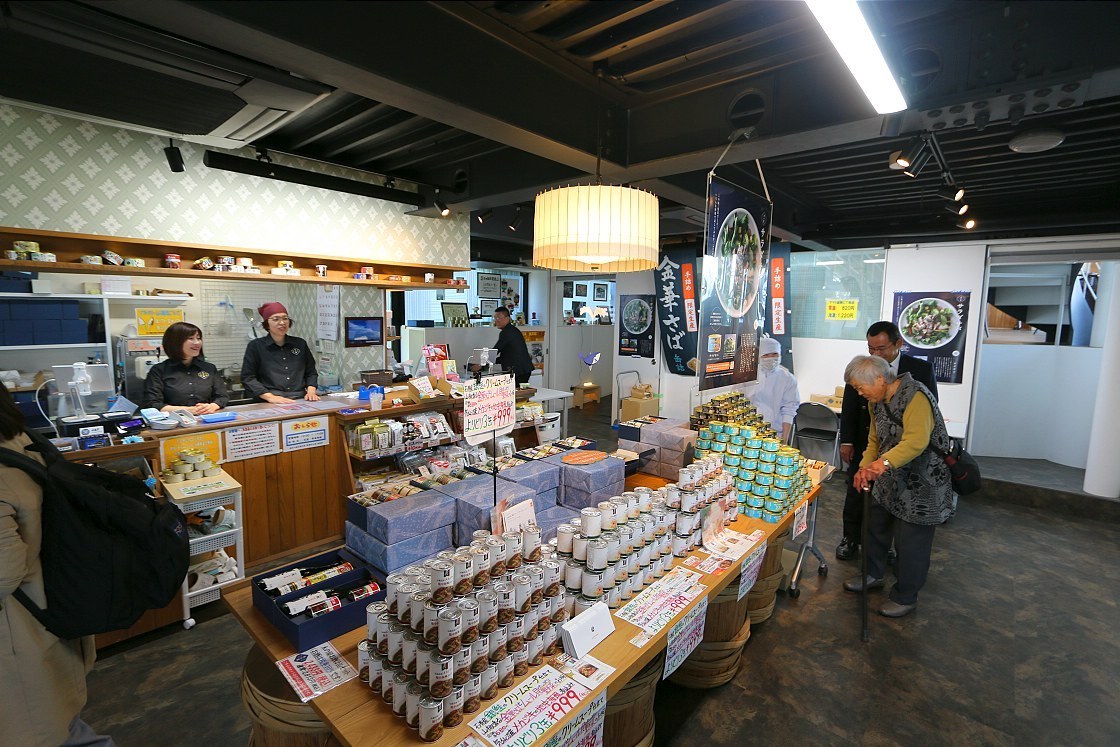
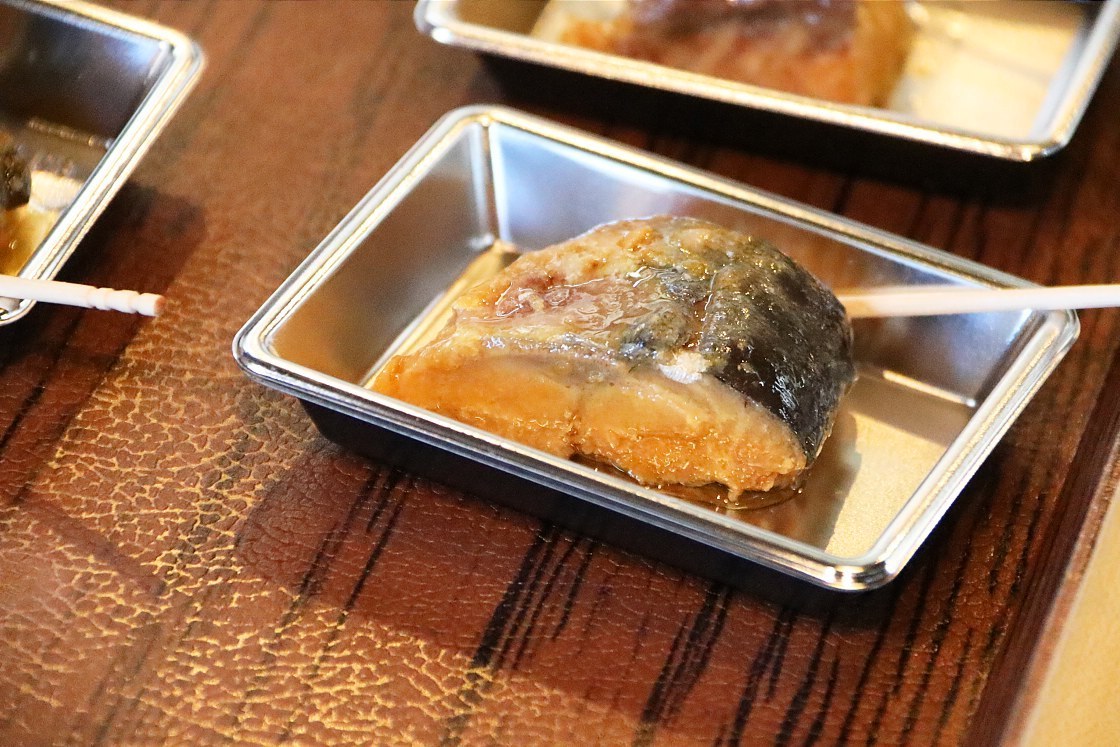
At the back of the shop, a corridor with big glass windows allows customers and visitors to view the inside of the factory and the canning process of the fish caught in the early morning.
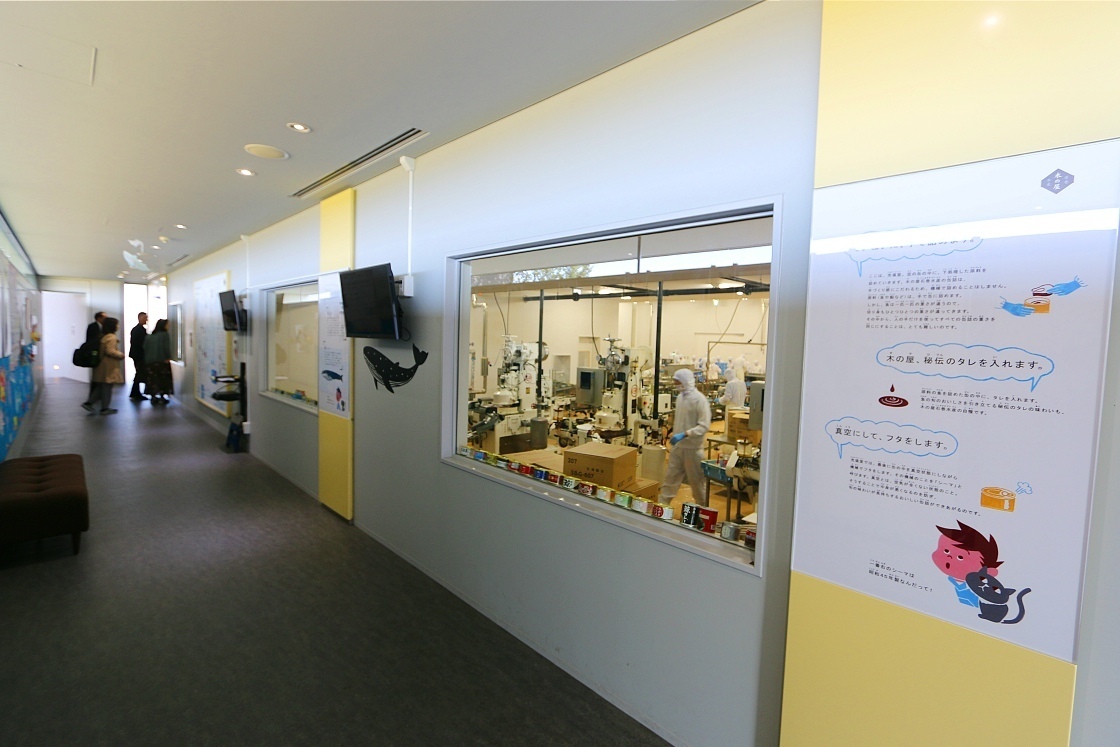
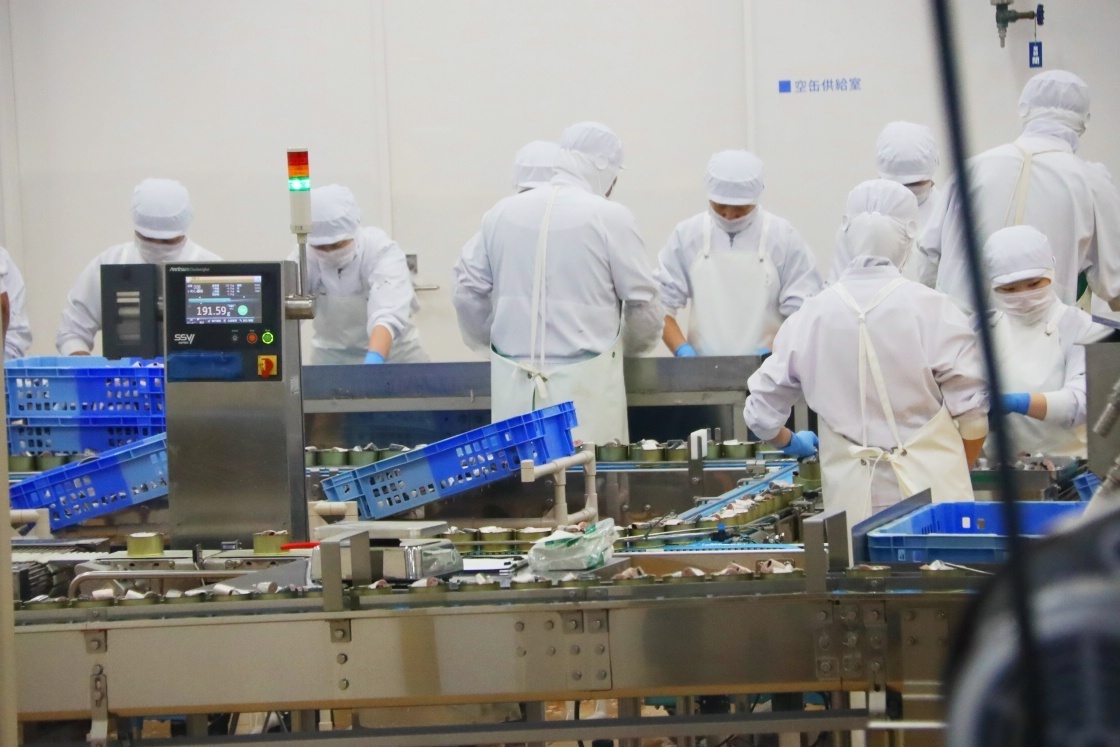
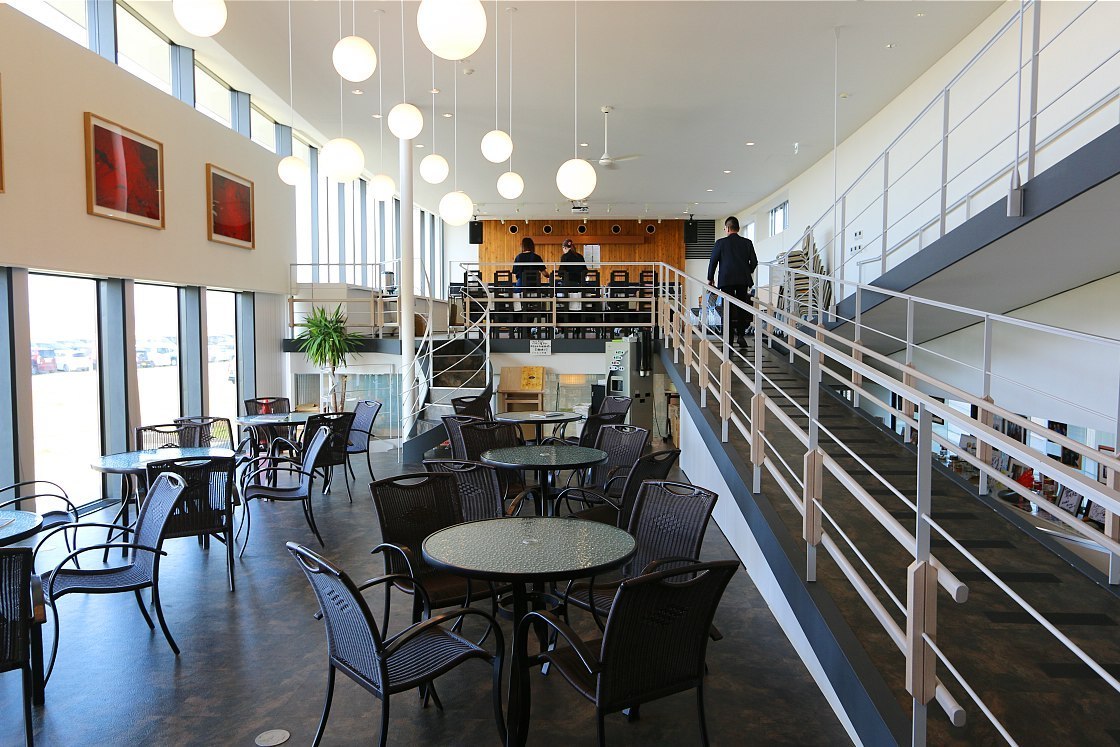

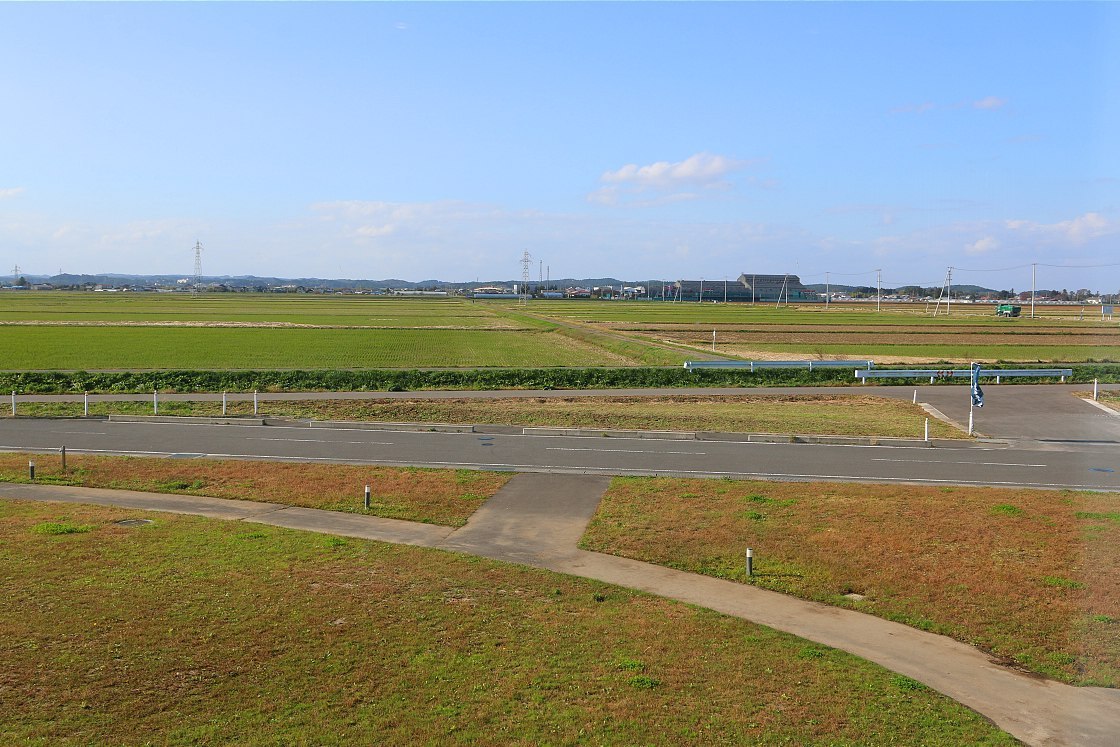
Oysters galore!
Miyagi is also famous for its oysters, so I headed to Okumatsushima to check out the Tona Fishing Port, popular for farming a large quantity of oysters. Thanks to its protected location in the Matsushima Bay, the farm didn't suffer any heavy damage from the tsunami, however the disaster motivated the owner, Abe san, to work even harder to help the wounded prefecture to recover.

After arriving on the premises, I was taken on a special tour of the oyster farm, and the owner explained to me the process of oyster farming from start to finish. I was also allowed to try some of the fresh oysters that were picked that same morning. We were right in oyster season when I visited, so the shells were full. If I can be honest, I am not a big fan of raw oysters, but here they were very tasty and had a slightly sweet, nutty flavor to them.
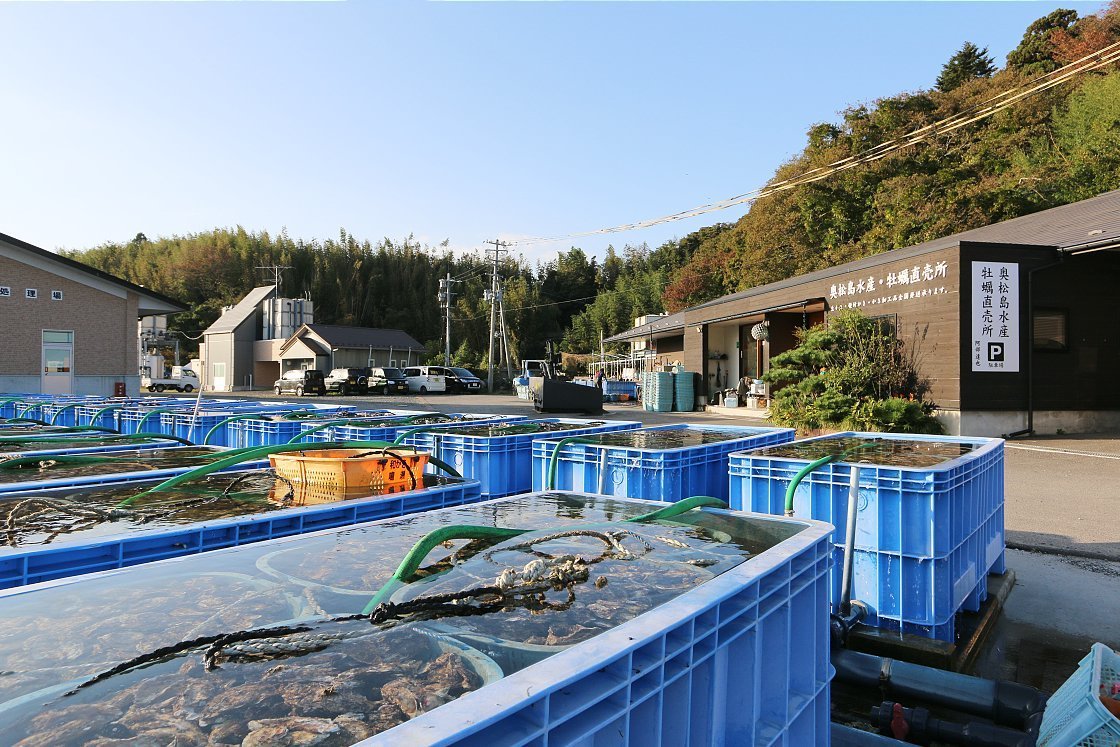
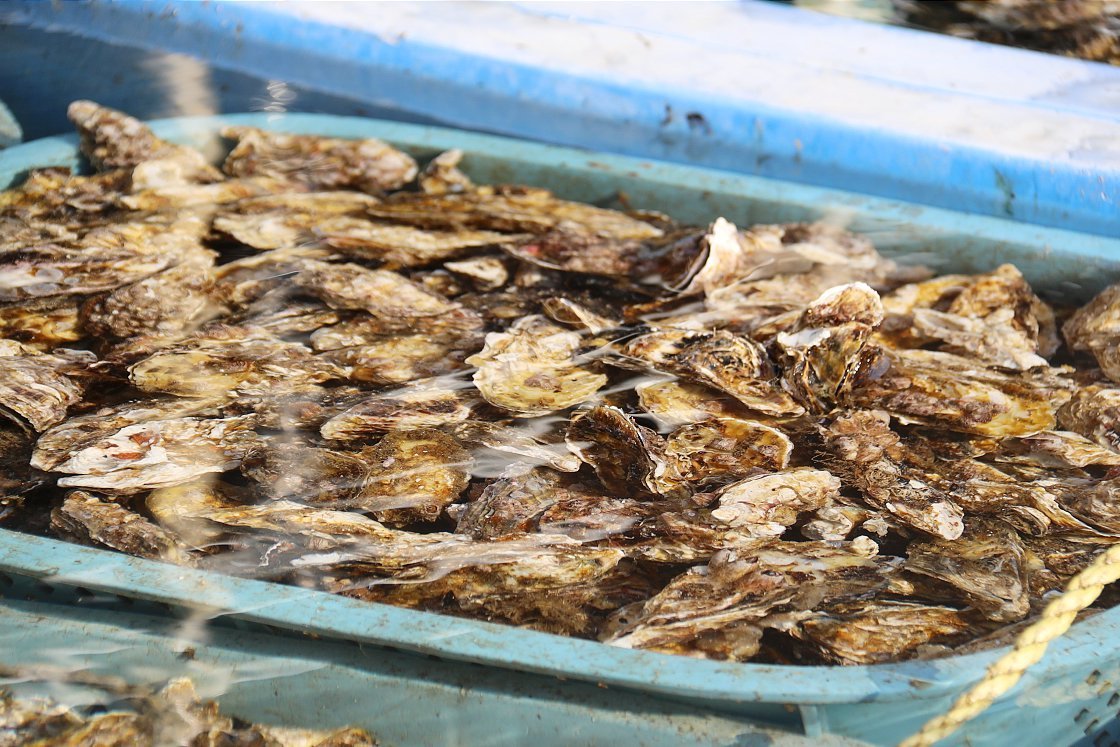
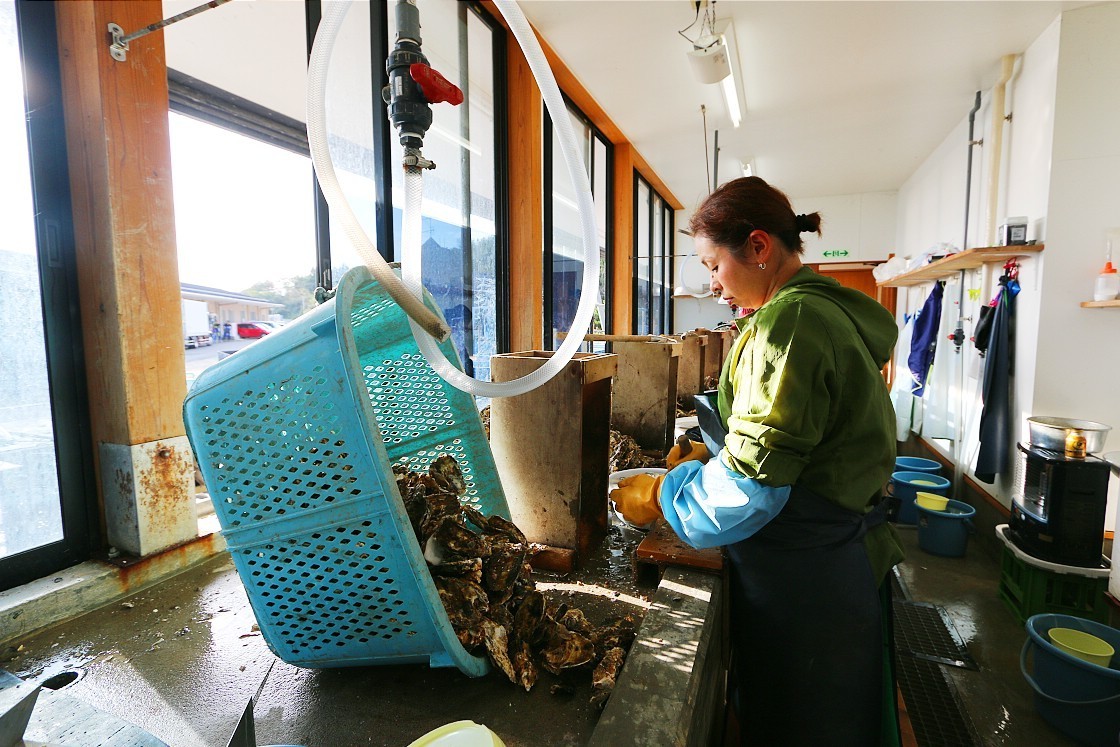
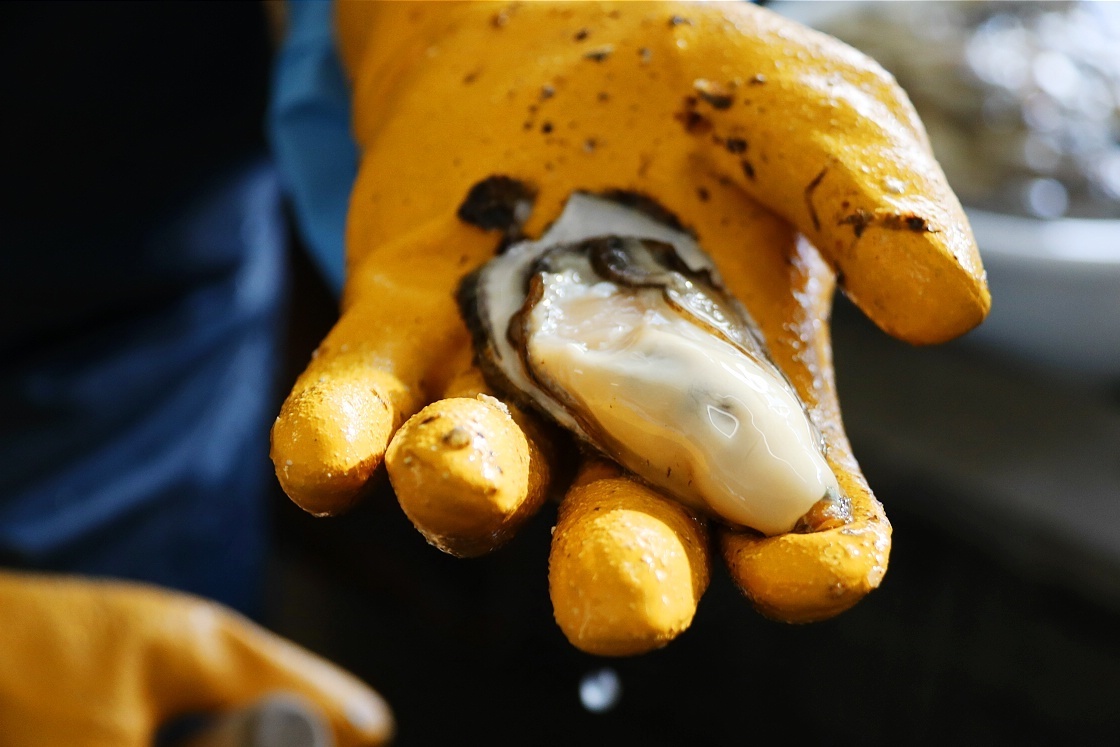
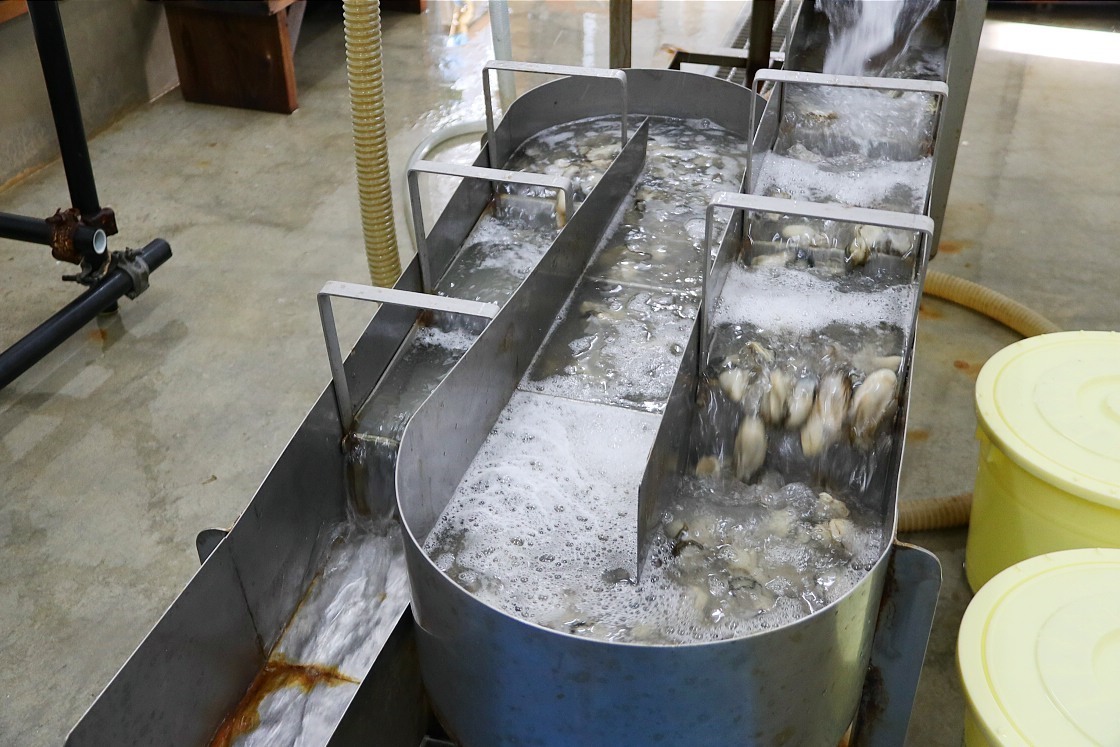
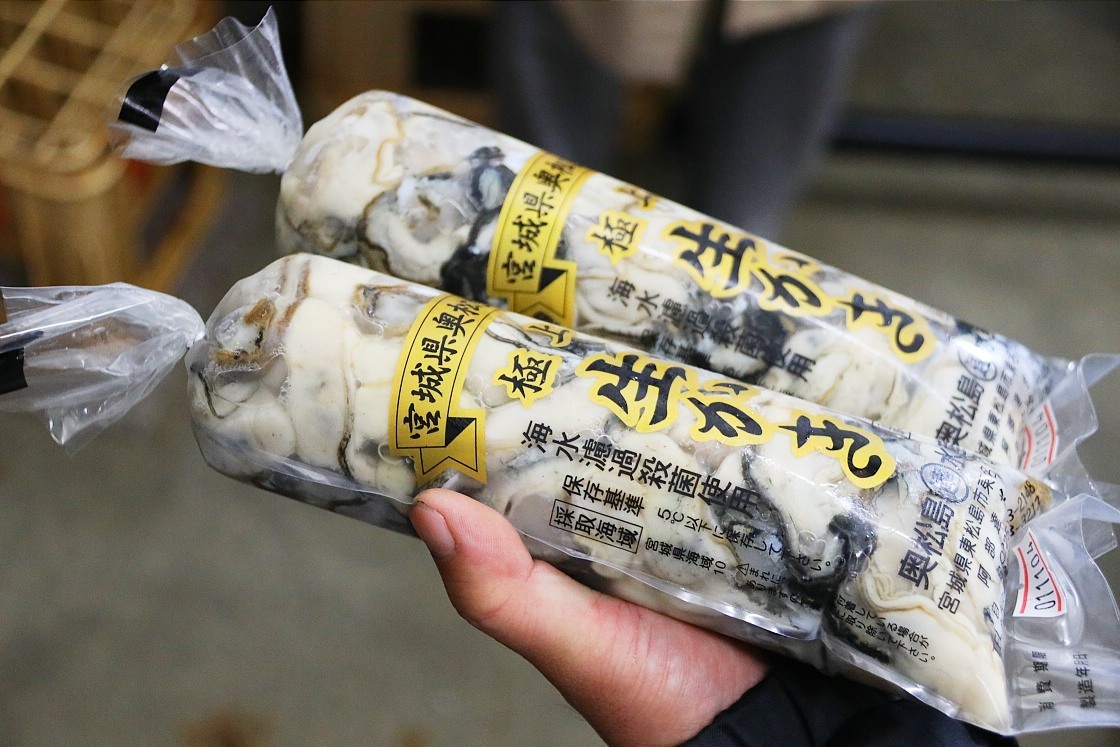
I was then treated to a beautiful plate of steamed oysters. Steaming the oyster with nothing else added is considered the best way to enjoy its delicate taste, and I was surprised to see myself enjoying almost 15 of them. This whole experience definitely helped reconcile me with oysters
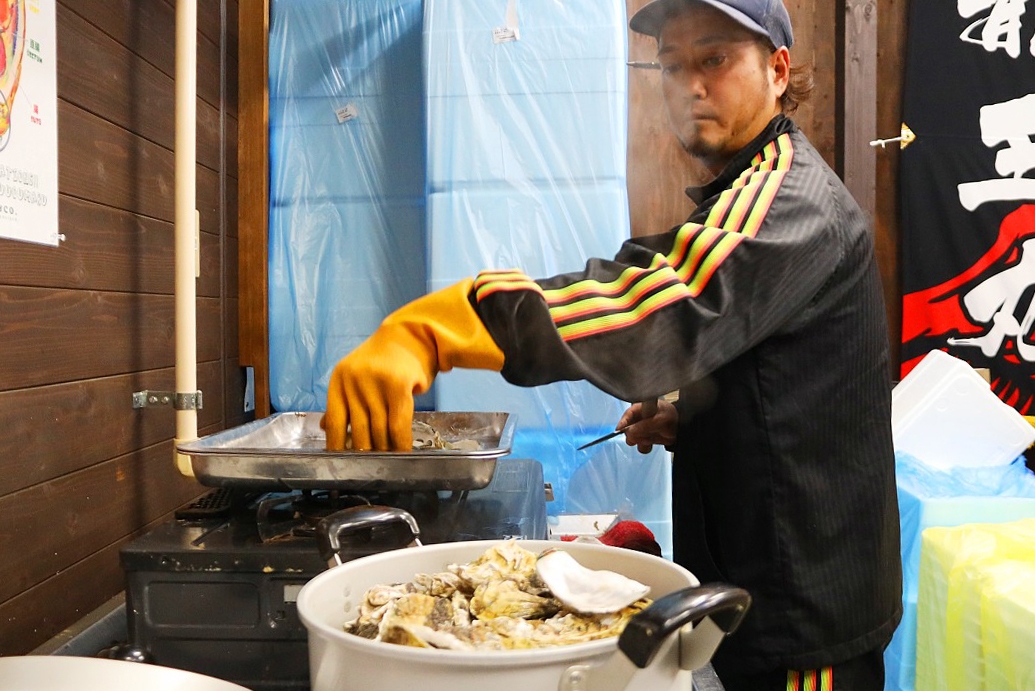
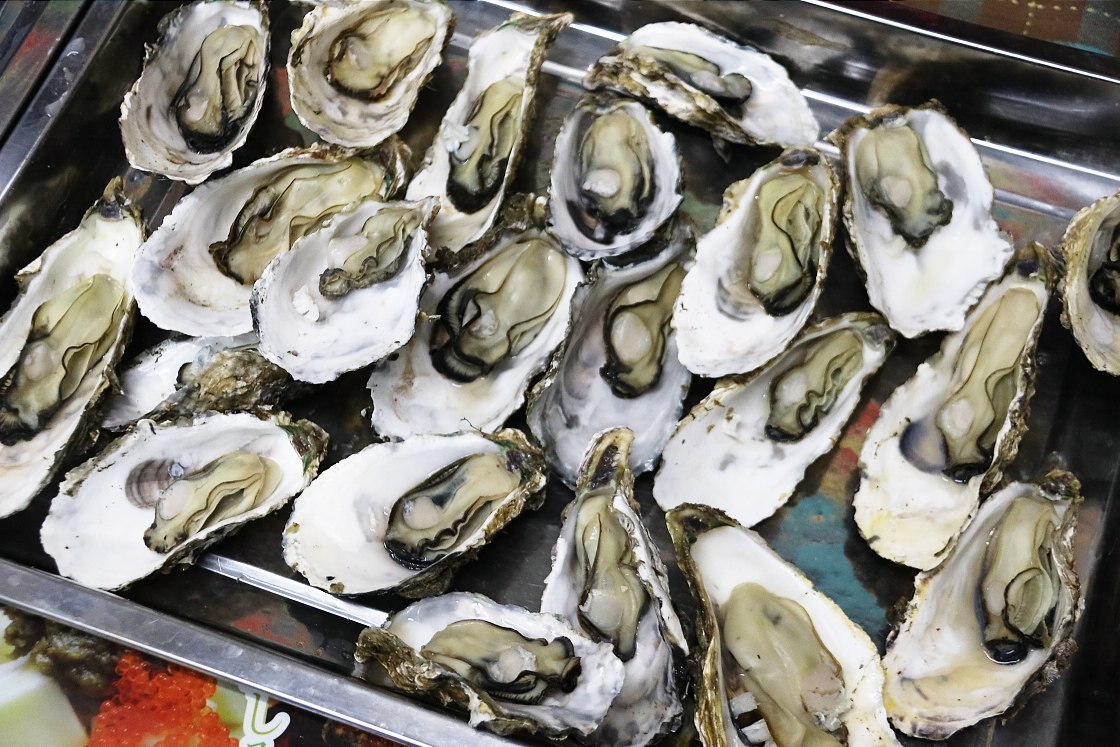
Early morning tuna auction
On the morning of day 2, I woke up early to head to Shiogama, a fishing town famous for being the birthplace of Japanese salt, but also for being one of Japan's leading fishing bases for tuna. I headed to the new fish market, rebuilt after the previous buildings had been destroyed by the tsunami in 2011.
The market was made to really showcase the fishing culture of the town to its visitors. This includes a free museum section about the history and details of the fishing industry, as well as large windows peering over the auction area, allowing people to view the tuna auction at eight o'clock in the morning.
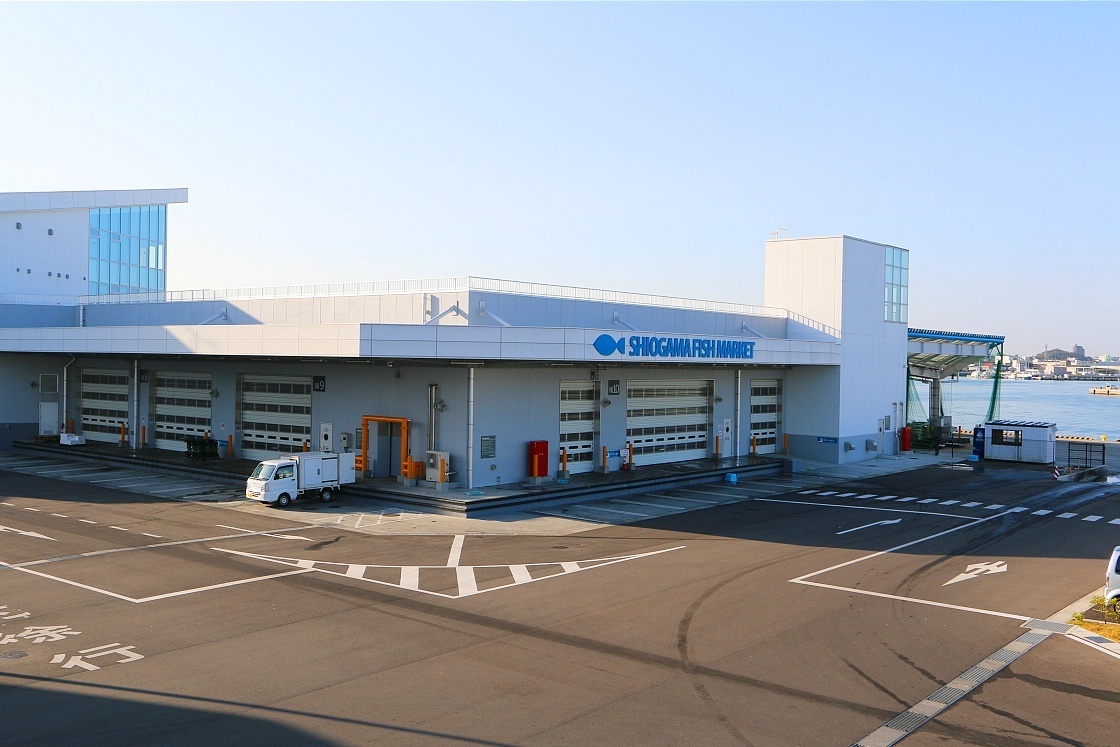
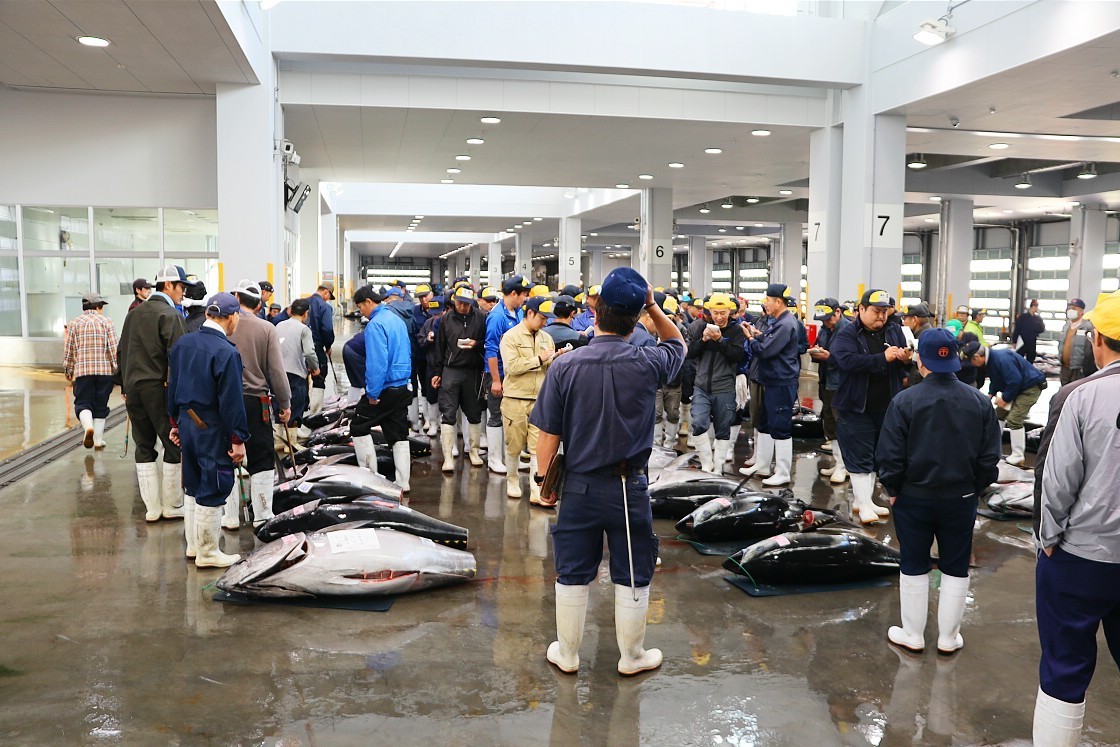


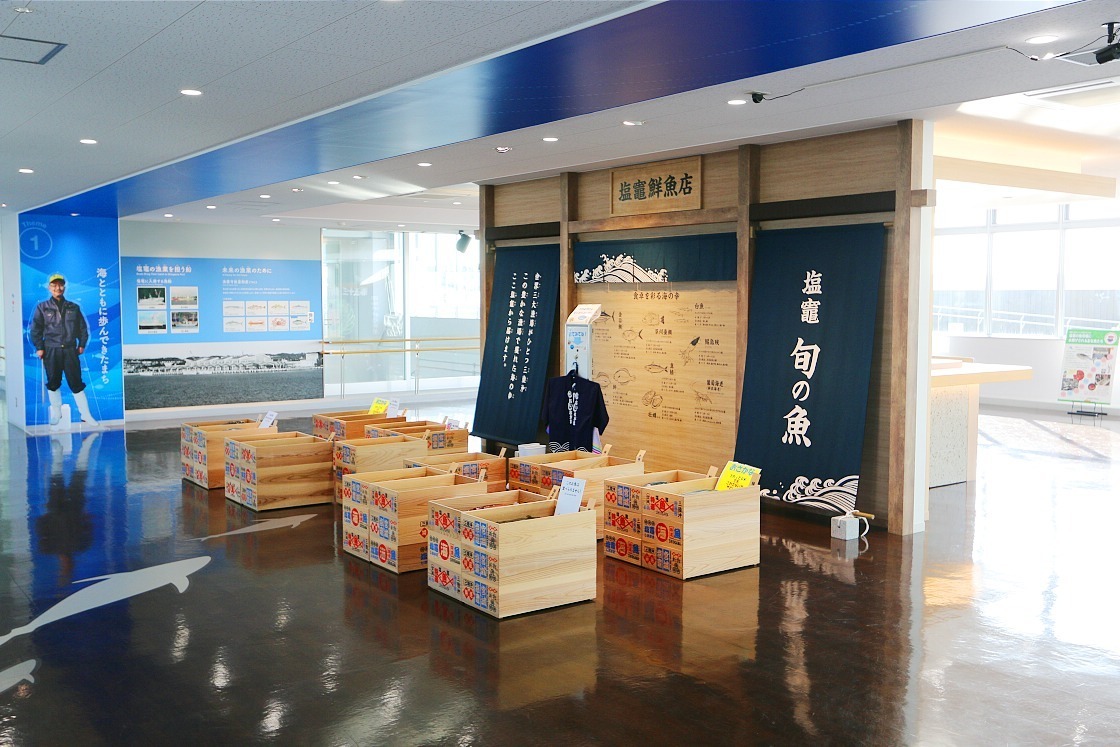
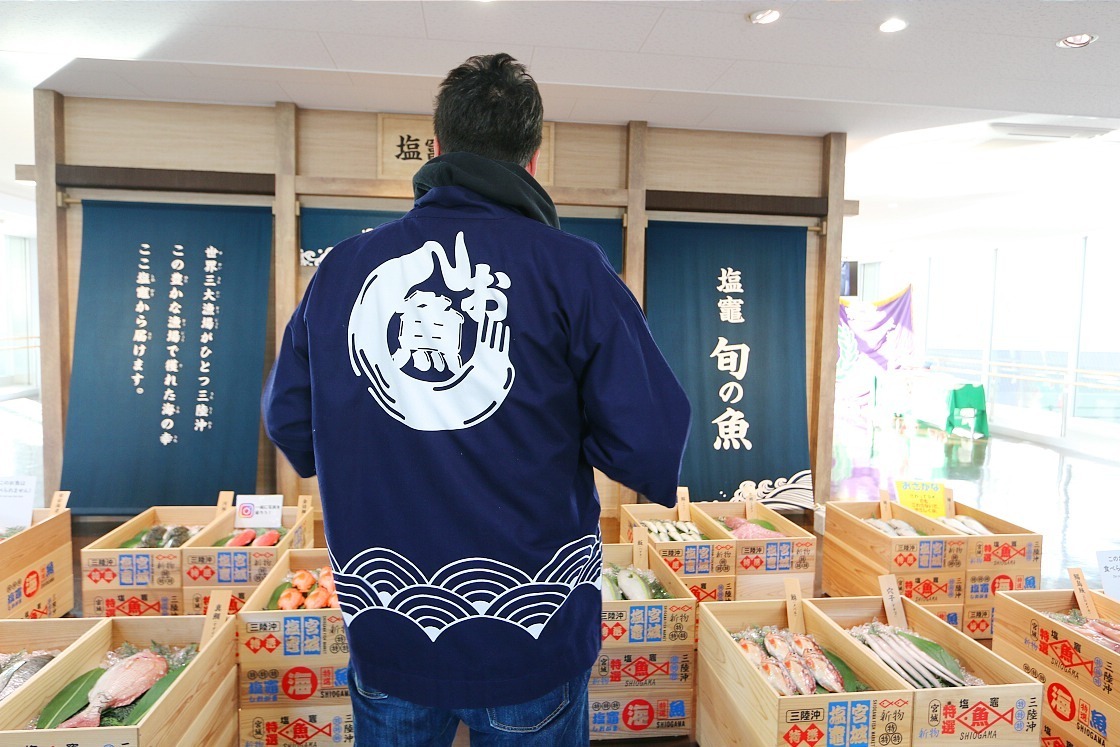
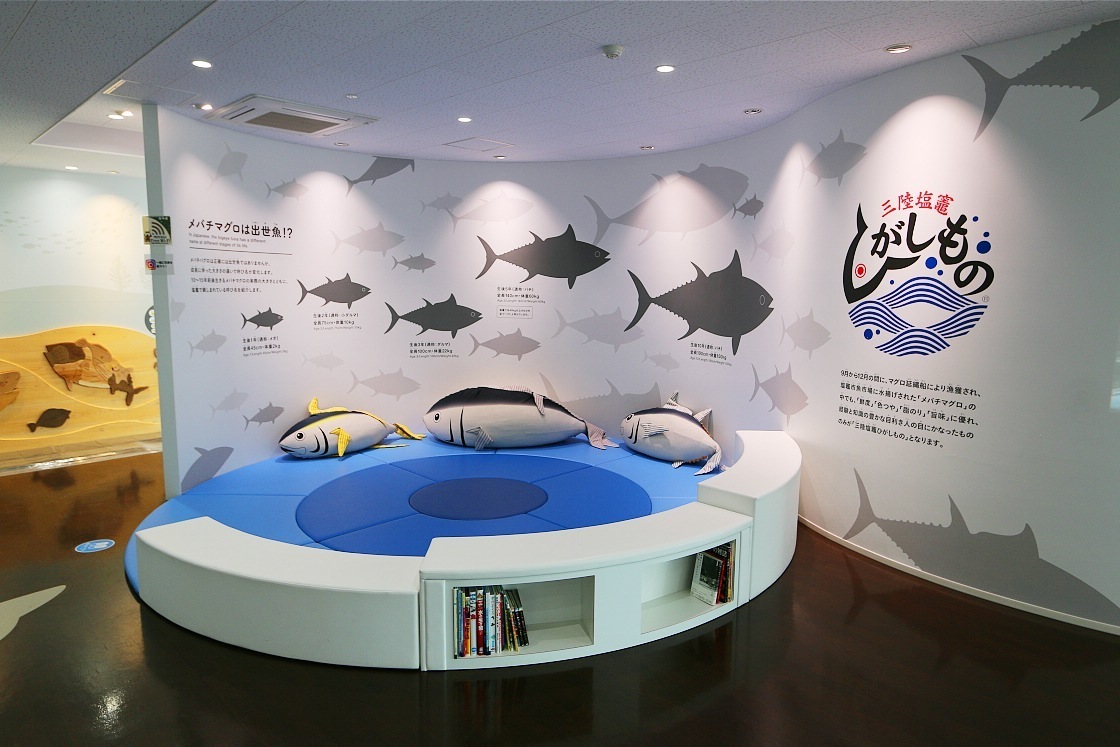
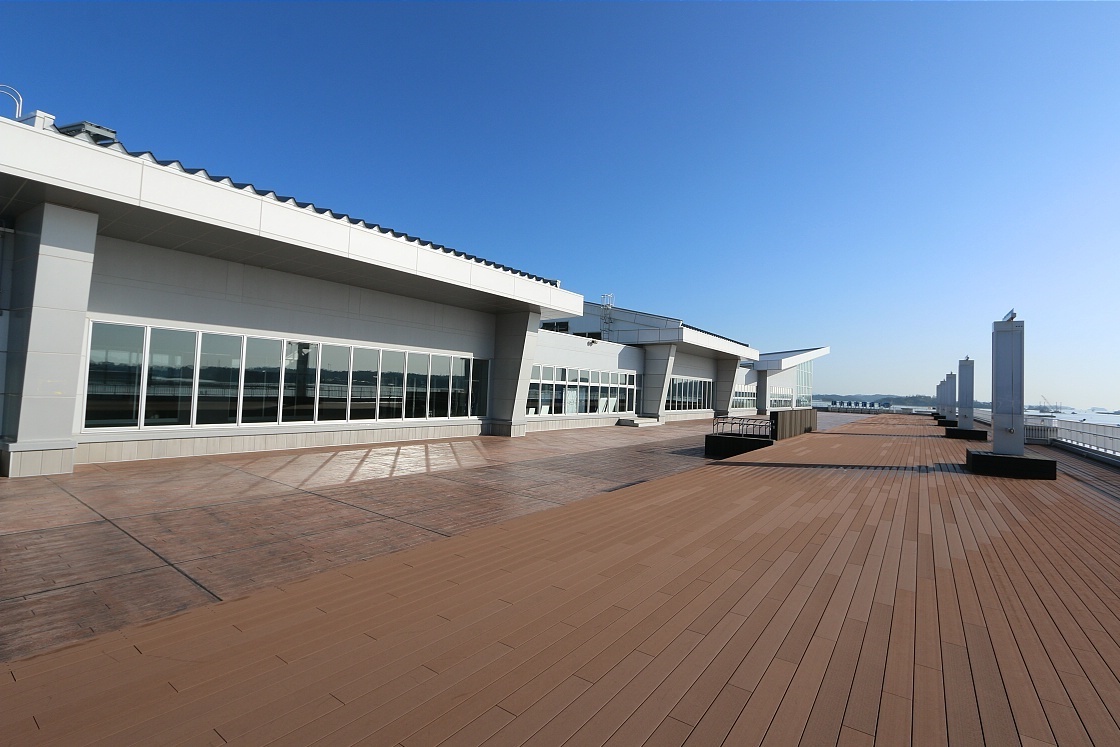
Making my own Kaisendon
From there it was time for breakfast, so I made my way to the Shiogama Seafood Wholesale Market. The market, with more than 100 different stalls, displays a huge variety of all the locally caught seafood. Looking at all the little stalls, I thought that it was no wonder that many chefs and seafood suppliers from across the country come here for their businesses. The friendly local shopkeepers made strolling through the market a very pleasant experience.
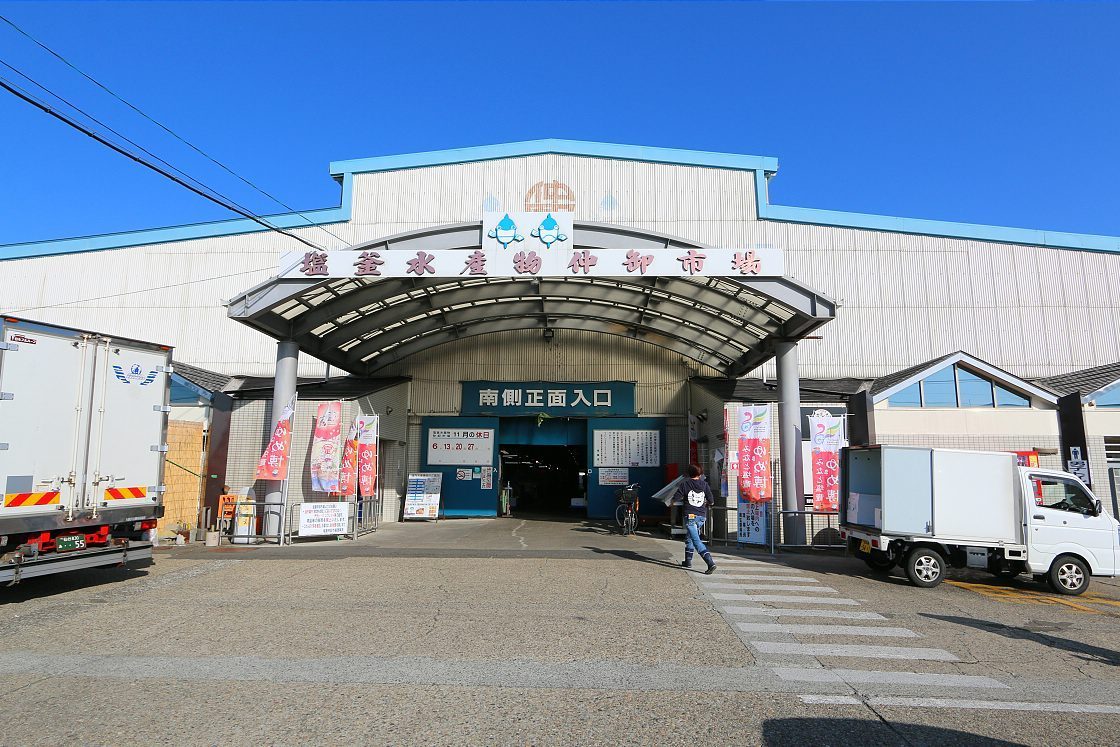
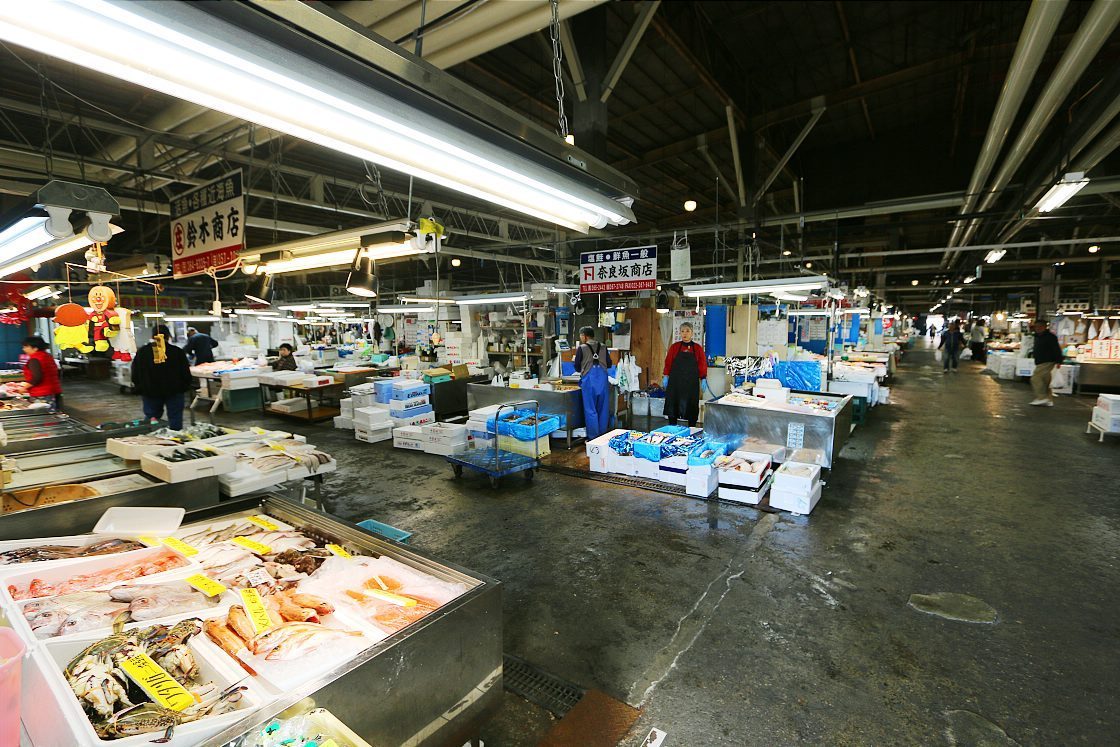
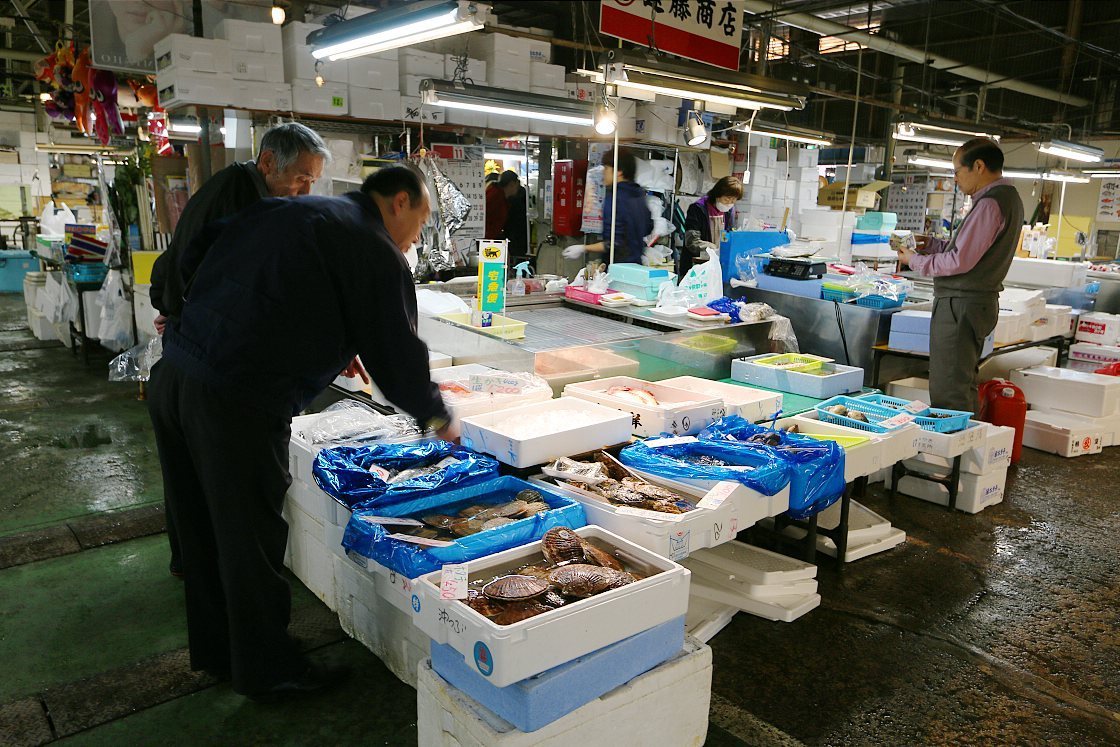
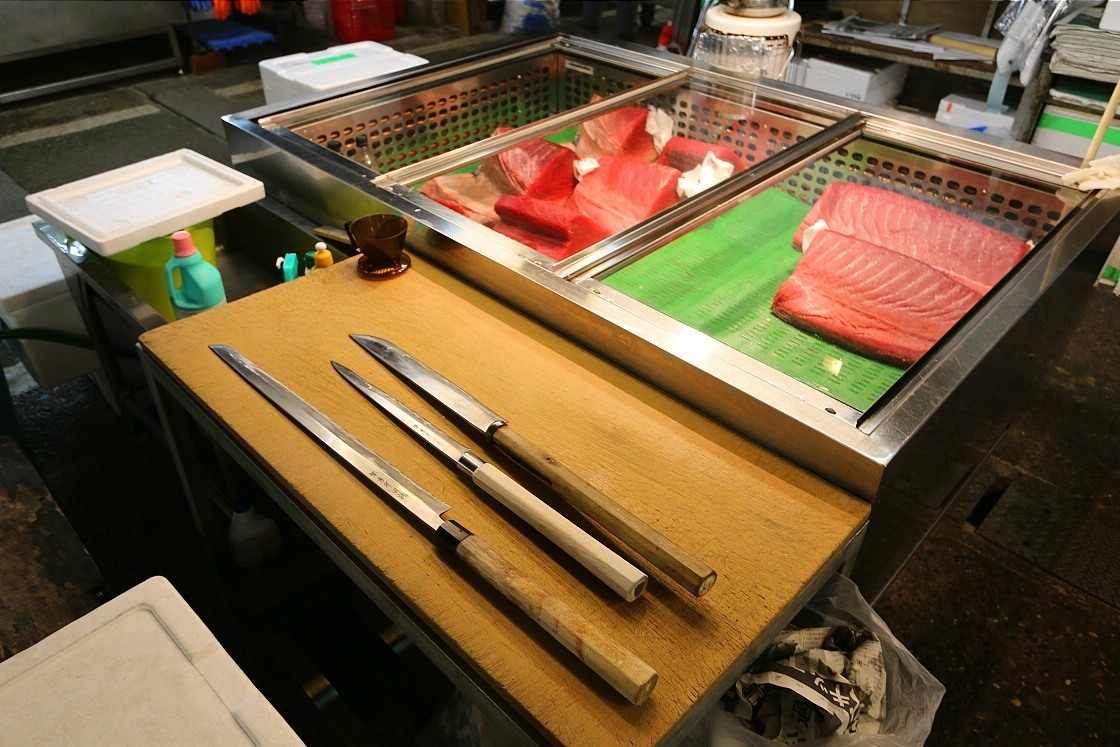

One particularity of the market is the possibility for its visitors to buy fresh sashimi from the stalls and make their own kaisendon (a bowl of sashimi on top of rice). Since I was very hungry, I went and picked various sashimi from one of the shops, then waited in line to buy a very large bowl of rice.
My kaisendon was topped with salmon, mackerel, tuna, shrimp, salmon roe, sea urchin and scallops, and tasted absolutely divine. This kaisendon experience was the best way to sample some of the area's local seafood. If you are not keen on eating raw food, the market also rents grills for you to grill your own seafood.
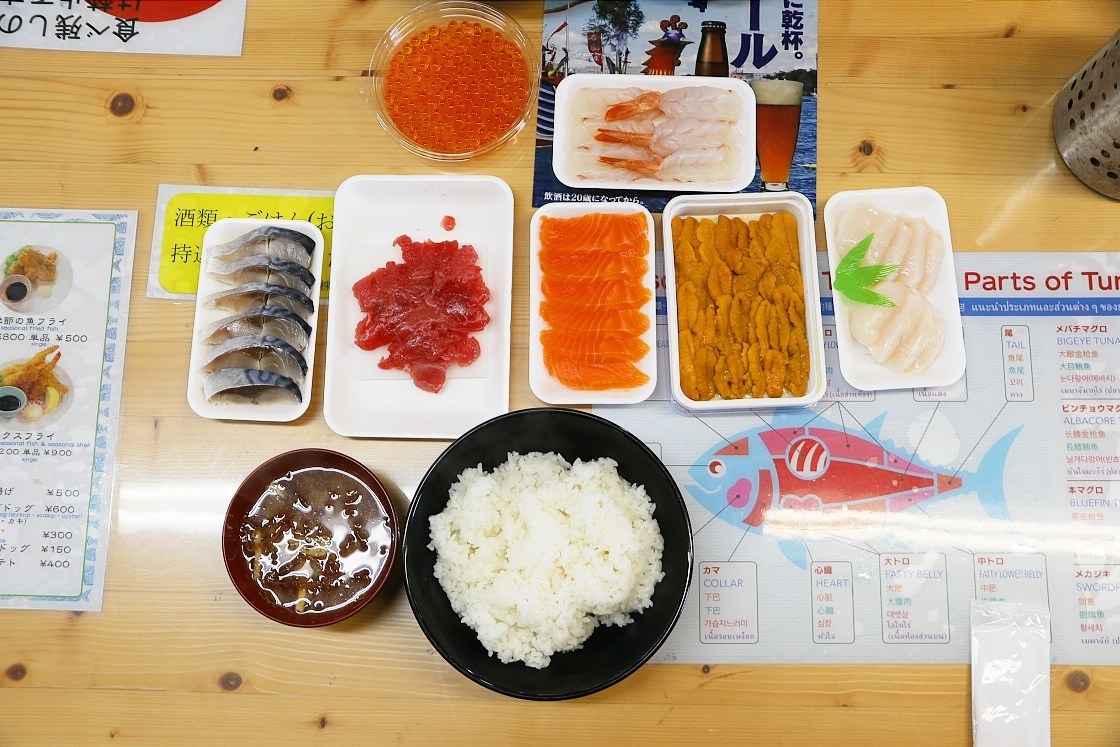
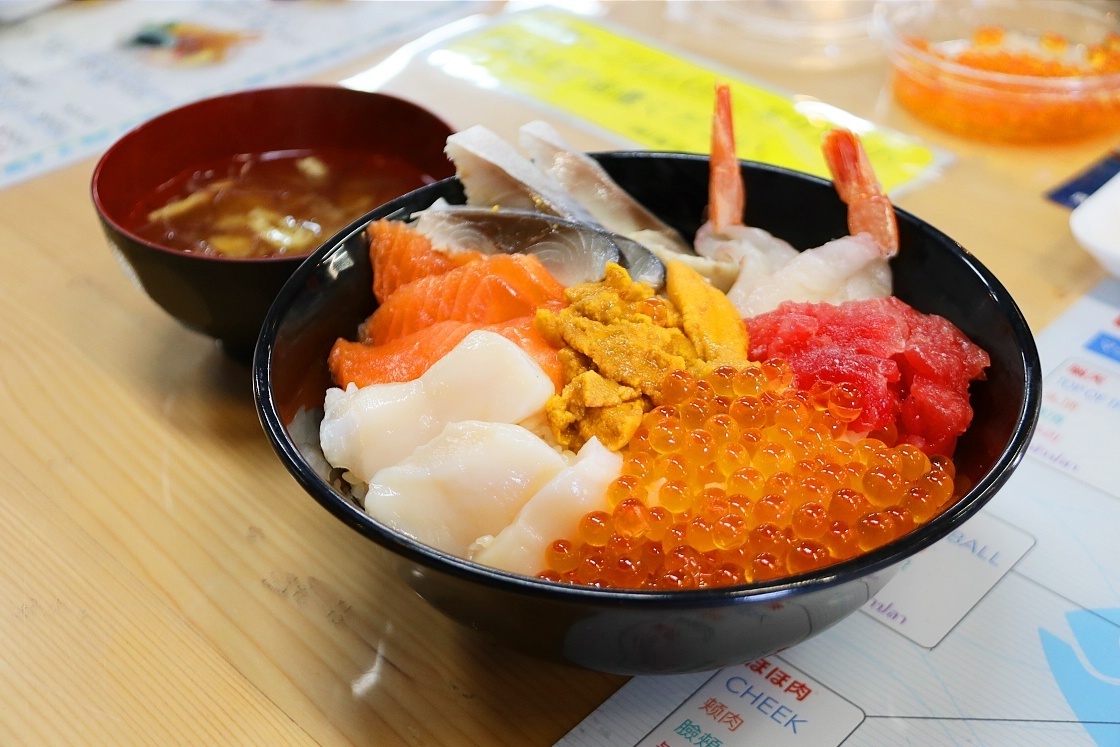
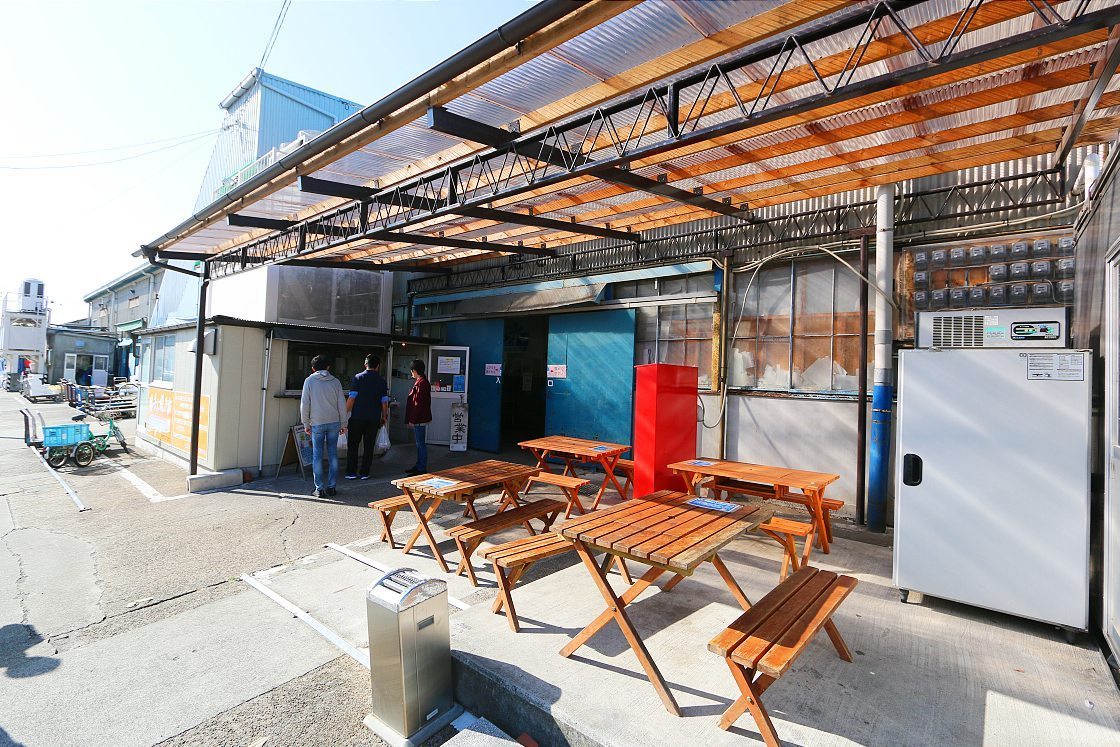
Exploring the grounds of Shiogama Shrine
A visit to Shiogama can't be complete without going to the Shiogama Shrine, where the God (or kami) of salt is said to be enshrined. Interestingly, the year in which the shrine was built remains a mystery, but a mention of it can be found in historical documents dating back to 820. The shrine is popular amongst fishermen who come to ask for protection and safety before and after going out to sea. The front entrance to the shrine feature an impressive stone staircase, which is used during the Hote Matsuri (or fire prevention festival) on March 10 every year, when a mikoshi (or portable shrine) weighing more than a ton is carried up and down the stairs.
During the cherry blossom season, the grounds become a very popular cherry blossom viewing spot, due to the presence of Shiogama-zakura cherry trees, unique to the region and designated natural treasure. Following an ancient Shinto tradition, similar to the one at Ise Shrines, renovations are carried out on Shiogama Shrine every 20 years to keep it in good shape. This is partly due to the shrine's location near the sea which causes the buildings to deteriotate fast.
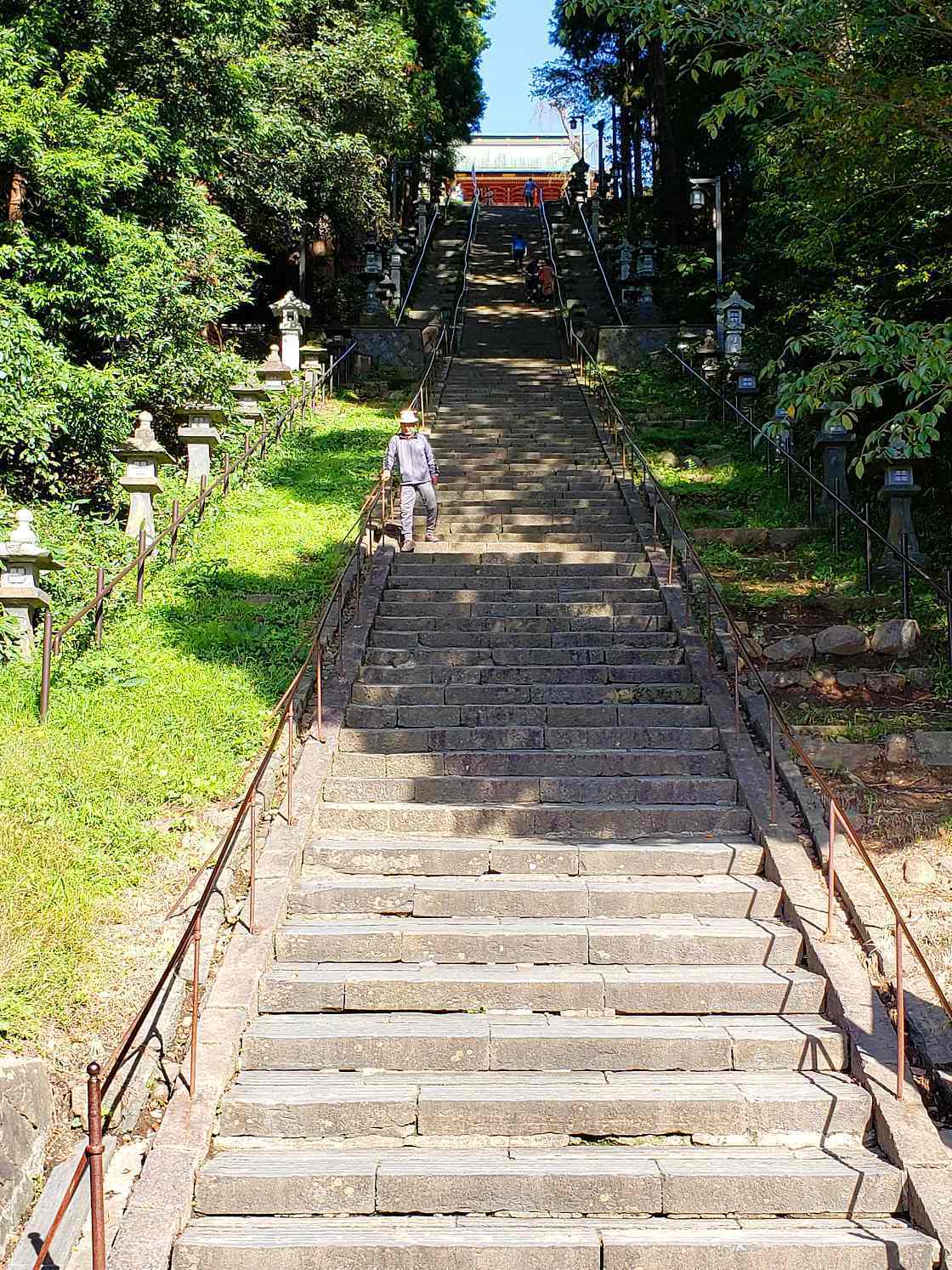
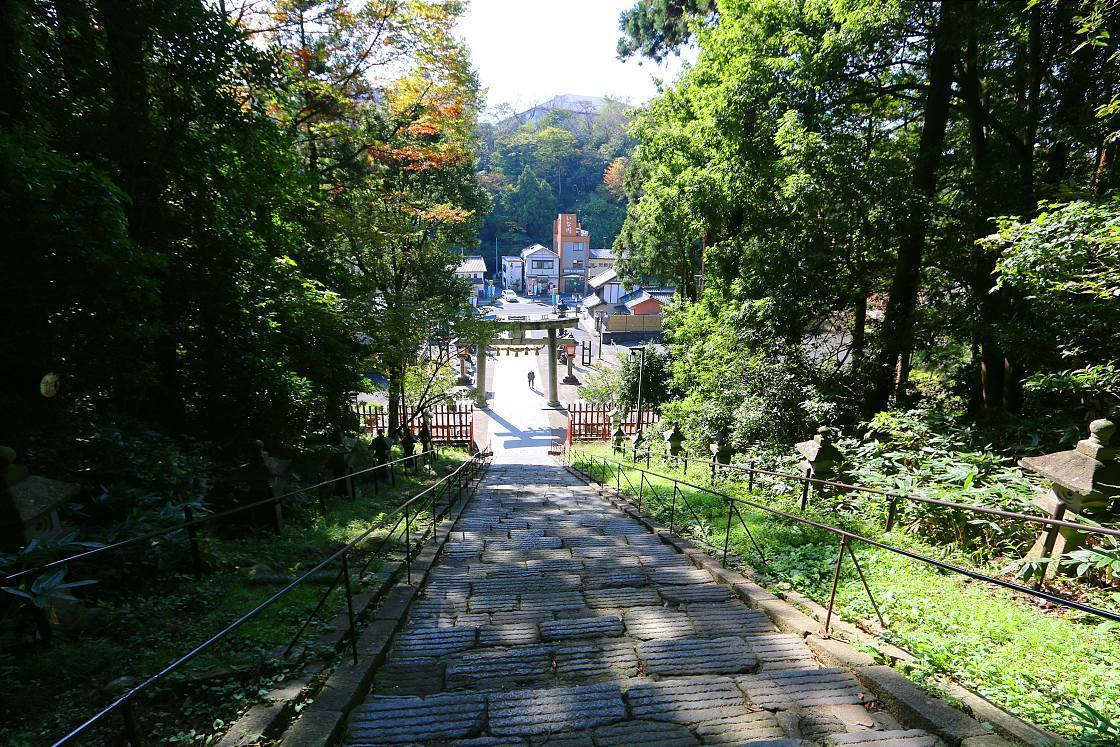


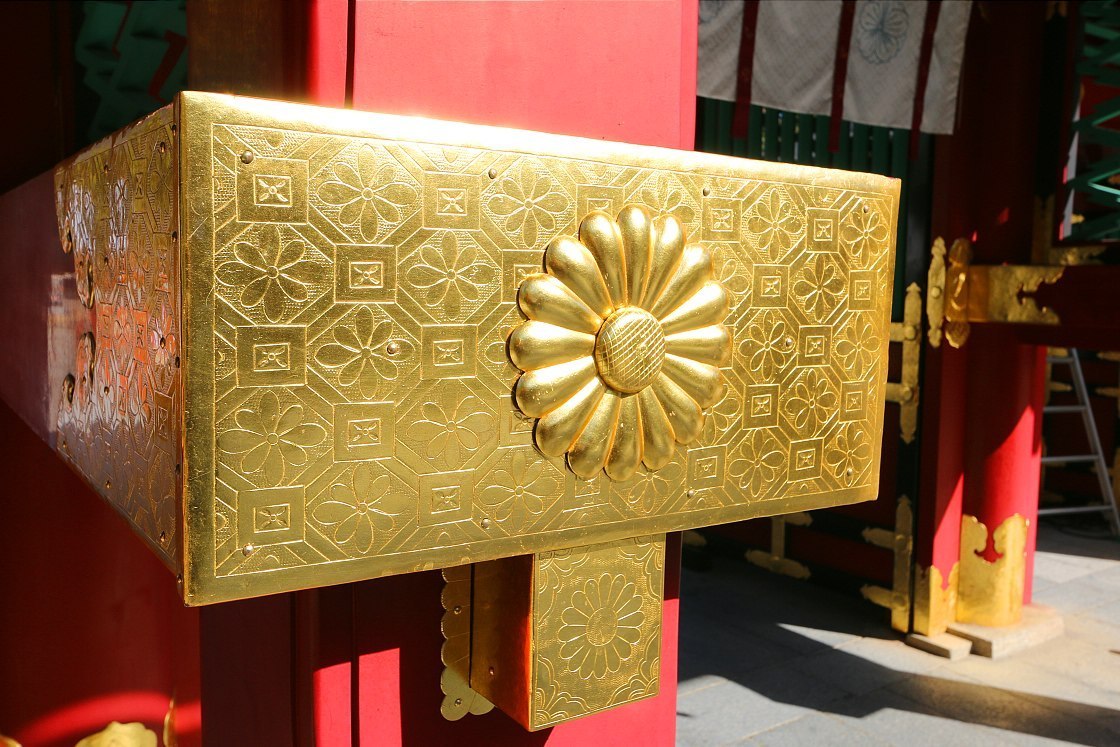
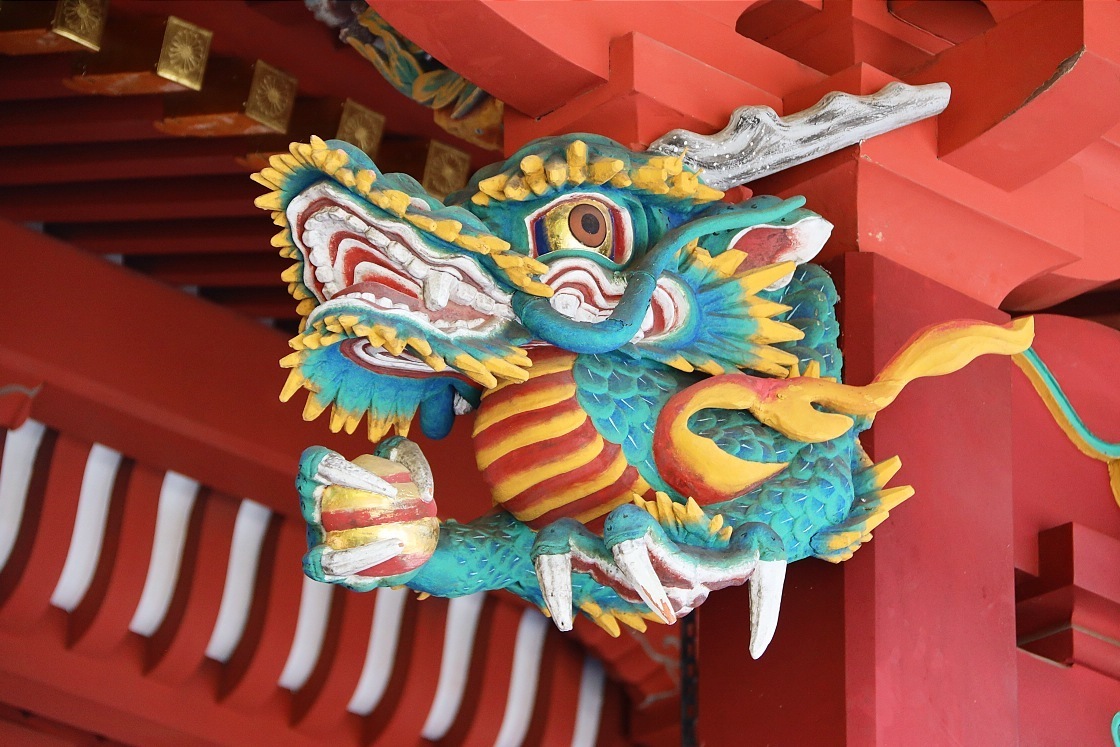
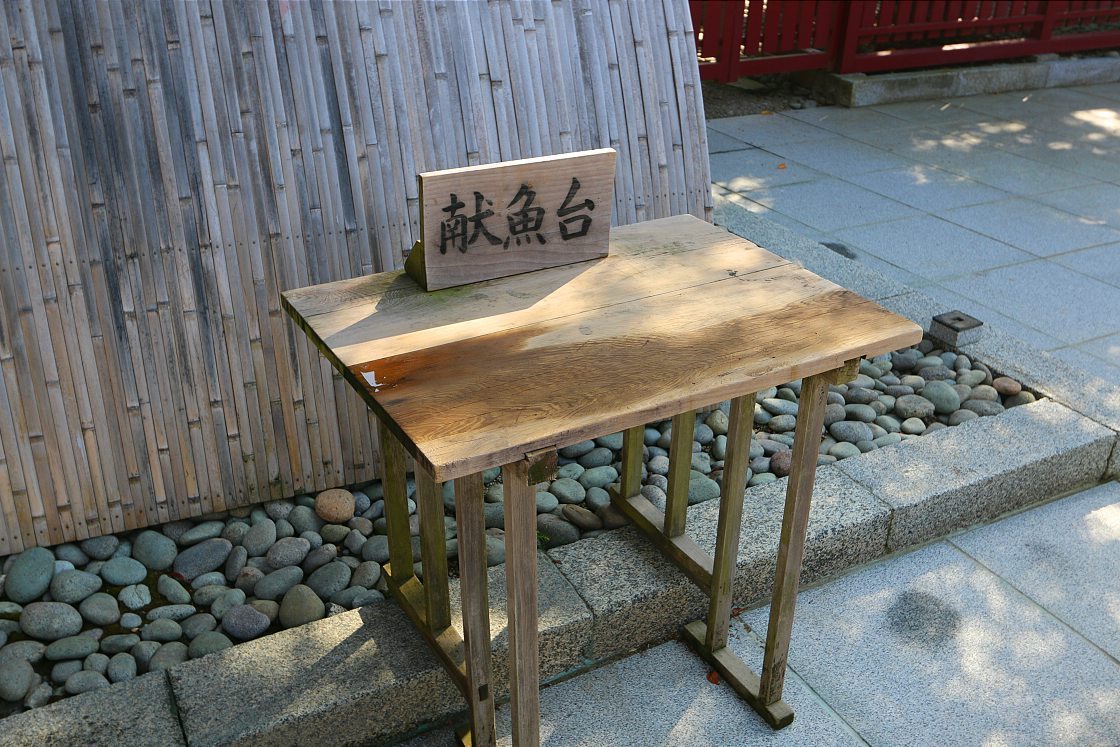

Cruise to Matsushima
Finally, I decided to end my trip with a nice boat cruise all the way to Matsushima, considered to be one of the three most scenic views of Japan. Regular cruises depart from the Shiogama Marine Gate all the way to Matsushima in around 50 minutes. The Marine Gate also has restaurants and shops, and is a perfect place to buy a souvenir of Shiogama before leaving.


It takes around 50 minutes for the boat to complete the cruise, allowing plenty of time to enjoy some truly breathtaking vistas as it goes by many of the pine tree dotted islands located all around the Matsushima Bay.

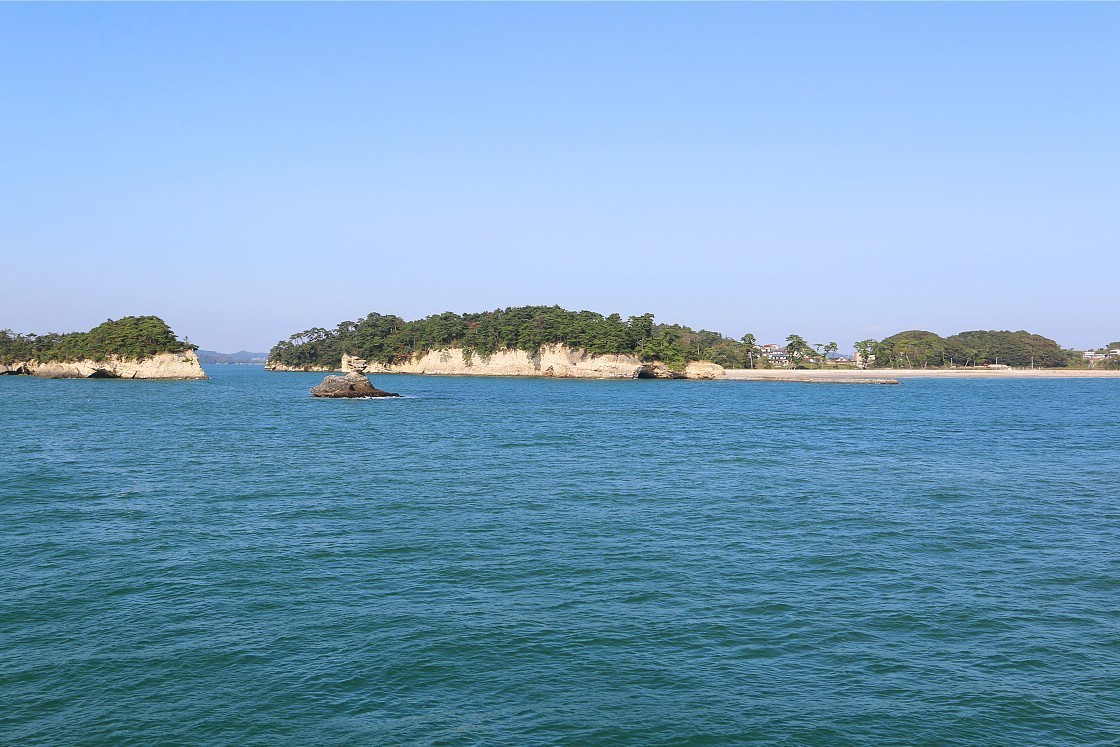

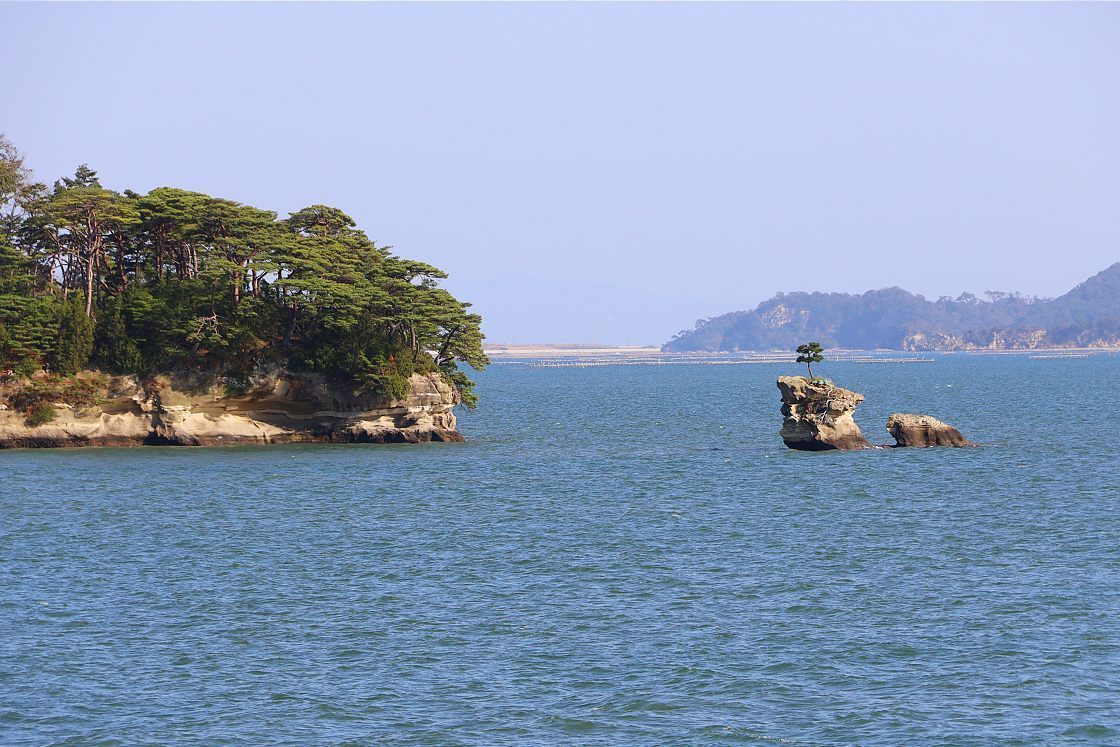

After alighting, I went for a quick walk around the Godaido Hall, before calling it a day and heading back towards Sendai. This trip really allowed me to discover more about the seafood culture of Miyagi Prefecture, and see for myself how the locals were doing their best and working hard to promote their region and products.
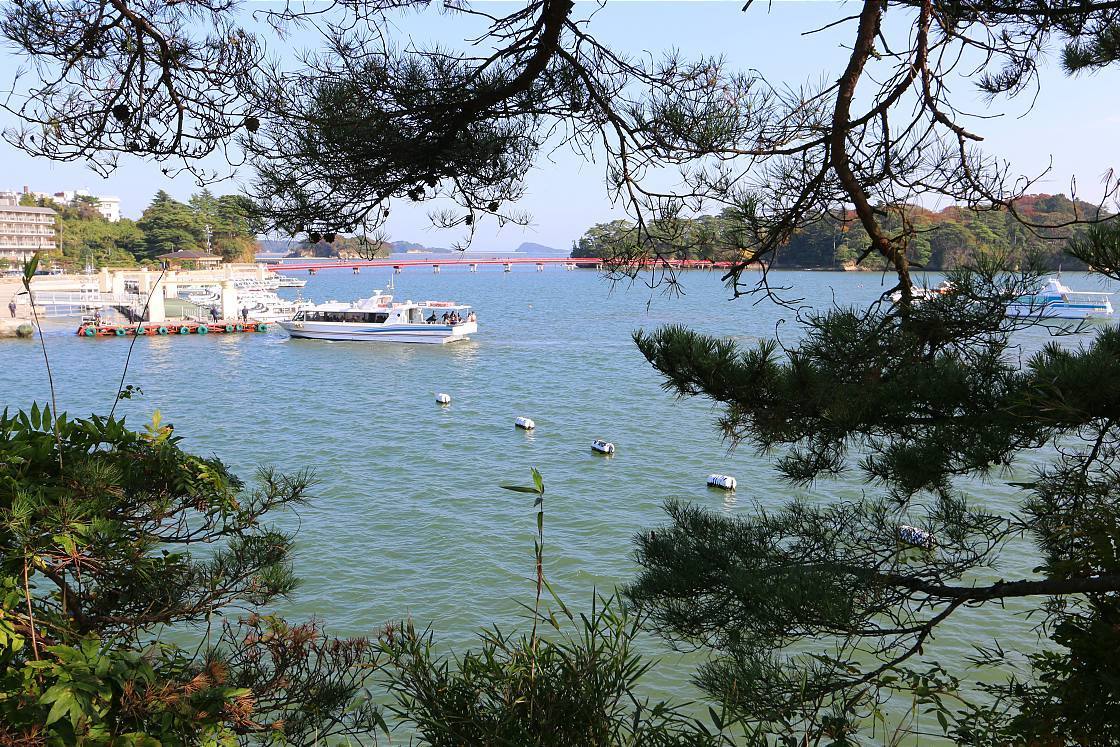
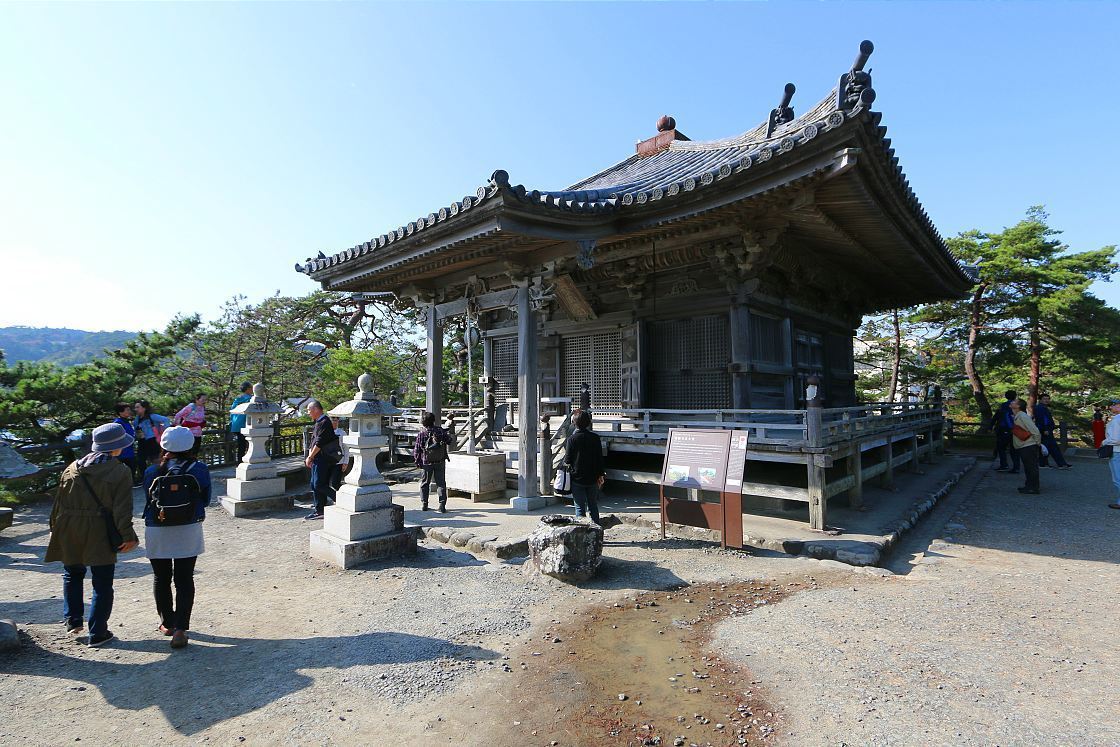
If you're interested in discovering the region, its beauty and its seafood culture, the Fisherman's Festival & Experience Program offers various tour packages which allow you to visit all these places and many more, as well as participate in unique experiences.

